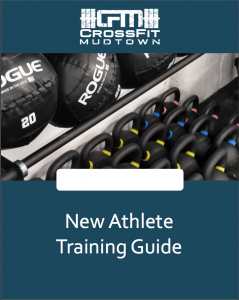Brian & Heather Warwick
If their last name wasn’t Warwick, it would be Friendly or Positive or Positively-Friendly. Either way, this couple has been an amazing addition to our community. They support each other and everyone else they encounter at the gym. Plus they have four really cool kiddos that bring a lot of life to the childcare room. Brian & Heather became members of CrossFit Mudtown in June. Lets get to know them better!
How did you hear about CrossFit and what was your first experience/WOD?
Brian: The gym I used to go to was half-traditional gym, half-CrossFit affiliate. I never fully committed to the  CrossFit classes there, but my exposure to it got me interested in CrossFit and I started researching online and incorporating it into my own workouts. My first formal WOD was Murph, on Memorial Day 2011.
CrossFit classes there, but my exposure to it got me interested in CrossFit and I started researching online and incorporating it into my own workouts. My first formal WOD was Murph, on Memorial Day 2011.
Heather: I first heard about CrossFit from Brian, after he was complaining about how awful that first Murph WOD was. More recently, Brian saw a sign outside of our neighborhood (Liberty Park) for CrossFit Mudtown. At the time, we were working out at Lifetime Fitness. I was doing Zumba classes, and running on a treadmill and working with a personal trainer regularly, and we were just in a “comfortable” routine there. But despite all the different things I was doing, I wasn’t seeing the strength gains or results I wanted—especially after having 4 kids. Brian suggested we go try out CrossFit Mudtown, so we came by for the open house. The intro WOD on that Saturday was my first WOD. After that, I signed up for the next OnRamp session.
How many days do you CrossFit? What classes do you normally take?
Brian: I try to go 4-5 days a week. I either do the 5pm class, or sometimes the 11:30am.
Heather: I usually go 3 days a week, typically at the 5pm class.
Favorite CrossFit movement?
Brian: Anything body-weight; my favorite weighted movement is probably the push press. “Cindy” is probably my favorite WOD.
Heather: I would say cleans are my favorite movement.
Least favorite CrossFit movement/workout?
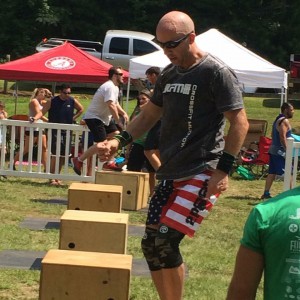 Brian: Overhead squats. Period. Ugh, they are just awful.
Brian: Overhead squats. Period. Ugh, they are just awful.
Heather: Burpees. Oh, and the Bear Complex. I don’t like that one bit.
What motivates you/keeps you coming back to CrossFit Mudtown?
Brian: I really enjoy all of the people I get to work out with, so I’d say the community is a huge reason. And the programming is awesome.
Heather: Yes, the people we have met are so great. And the coaches are amazing!
Favorite thing about Birmingham?
Brian: It’s great being around all of our friends. And the breweries that are popping up everywhere are pretty cool. CrossFit Mudtown is the obvious answer here though, right?
Heather: The restaurants, the people… it’s easy to get around. There’s so much that is great about Birmingham!
What accomplishment are you the most proud of (outside and/or inside of the gym)?
Brian: Outside the gym, I’d say family. Inside the gym, I’m pretty proud of managing to convince Heather to start CrossFit. She loves it (except for the burpees), and I think that’s awesome! As for me personally, I recently did the “Barbara” benchmark WOD (20 pull-ups, 30 push-ups, 40 sit-ups, 50 air squats, five rounds for time with 3 mins rest between rounds) in under 30 mins including the rest. I was a wreck afterwards, but otherwise, I’m pretty proud of that. Oh, and those 7 double-unders I strung together that one day!
Heather: I agree, outside of the gym, I’m most proud of our family. I think our kids are pretty great! At the gym, I’m most proud that I recently did my first Rx workout! I try and find something to be proud of after every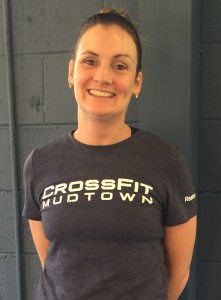 workout… whether it’s improving my time on a workout, lifting more weight than before, or just being happy that I am able to pick myself up off the floor when the buzzer goes off.
workout… whether it’s improving my time on a workout, lifting more weight than before, or just being happy that I am able to pick myself up off the floor when the buzzer goes off.
After a hard workout, what is your favorite meal?
Brian: Since it is what I ate after my first CrossFit competition, I’m going to put in a plug for the Blackwell’s PB&J burger. And beer.
Heather: I don’t know, I usually eat a lot of chicken and vegetables. When I splurge, it tends to be Mexican food. I love pizza too though!
What are some of your interests outside of CrossFit?
Brian: Golf, watching football.
Heather: Anytime we get to do something fun with the kids, playing tennis (although I hardly ever have time for it), hanging out with friends.
What do you do for a living?
Brian: I am an attorney and work for a healthcare technology company.
Heather: I am a pediatric physical therapist. I work for the Mountain Brook school system.
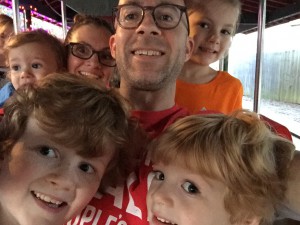 What is one goal that you are currently working on?
What is one goal that you are currently working on?
Brian: Double-unders. Man, I am just not coordinated enough.
Heather: Mainly, I just want to get stronger, so I can do more weight and Rx more workouts!
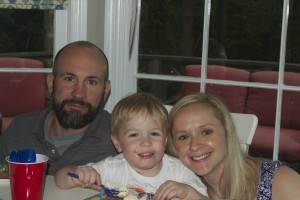 currently expecting her second son and it’s so inspiring to see her continue to work hard in class. Jenn proves to us every day that CrossFit can work for anyone. Let’s get to know Jenn a little better…
currently expecting her second son and it’s so inspiring to see her continue to work hard in class. Jenn proves to us every day that CrossFit can work for anyone. Let’s get to know Jenn a little better… Favorite CrossFit movement?
Favorite CrossFit movement? 
